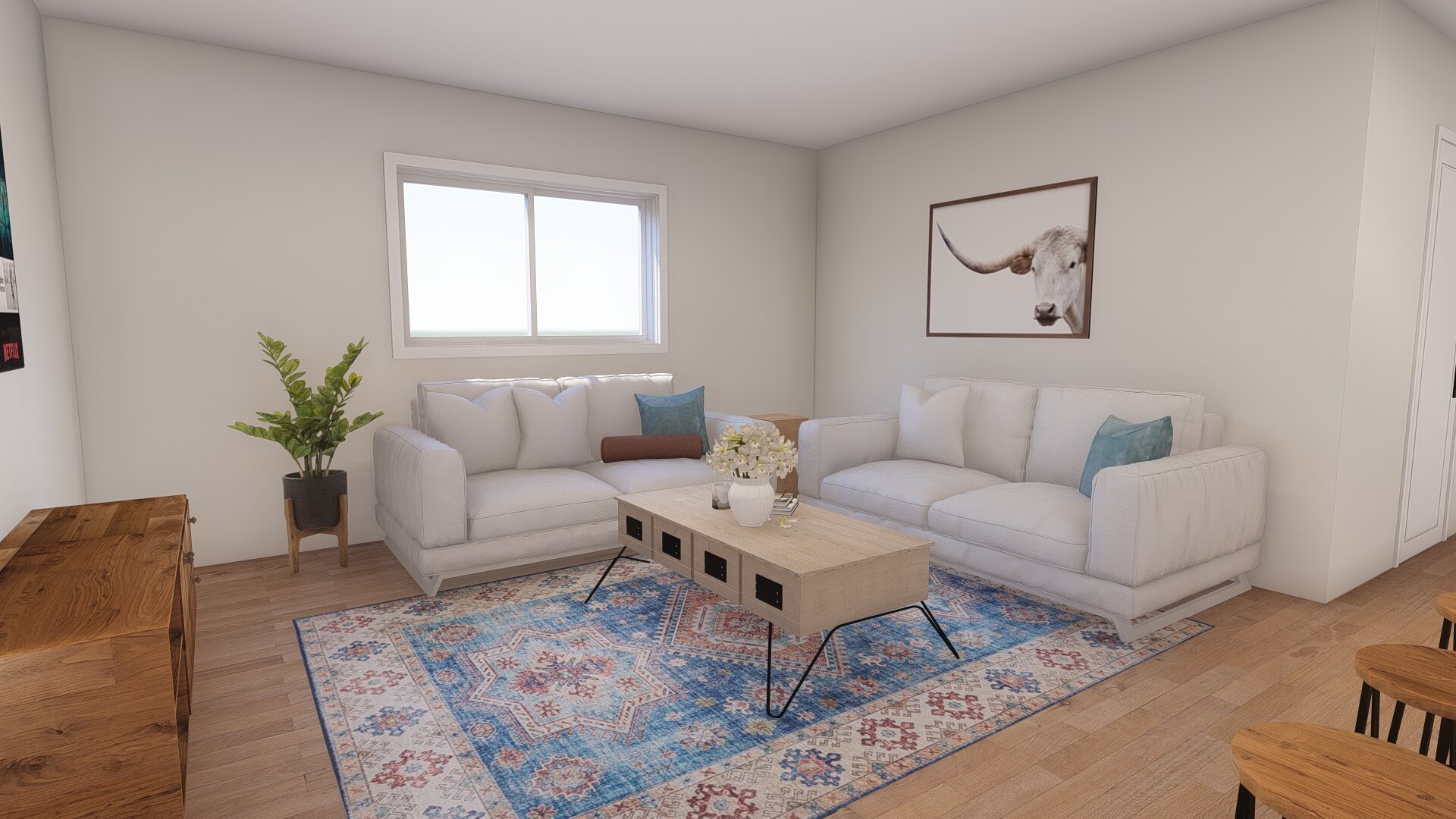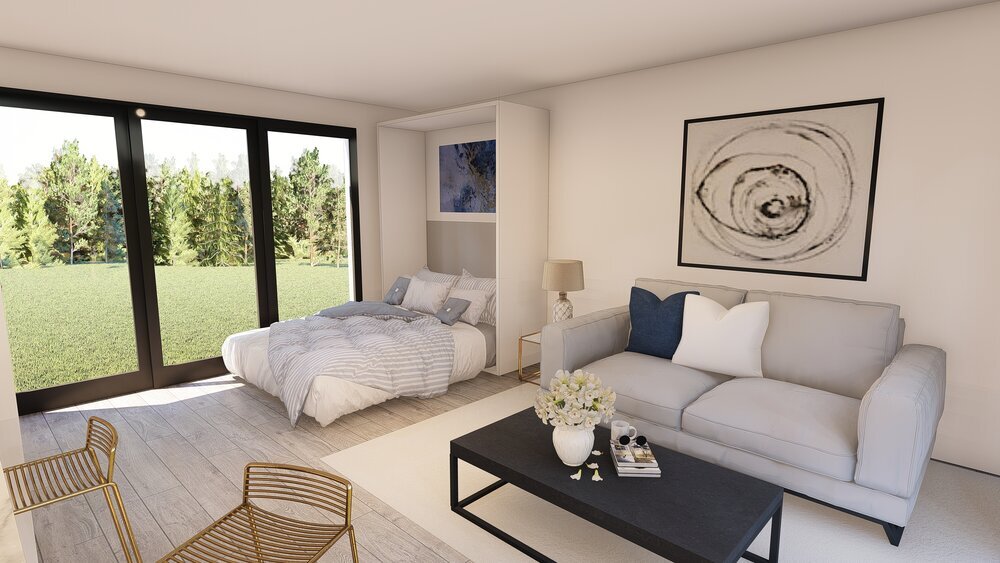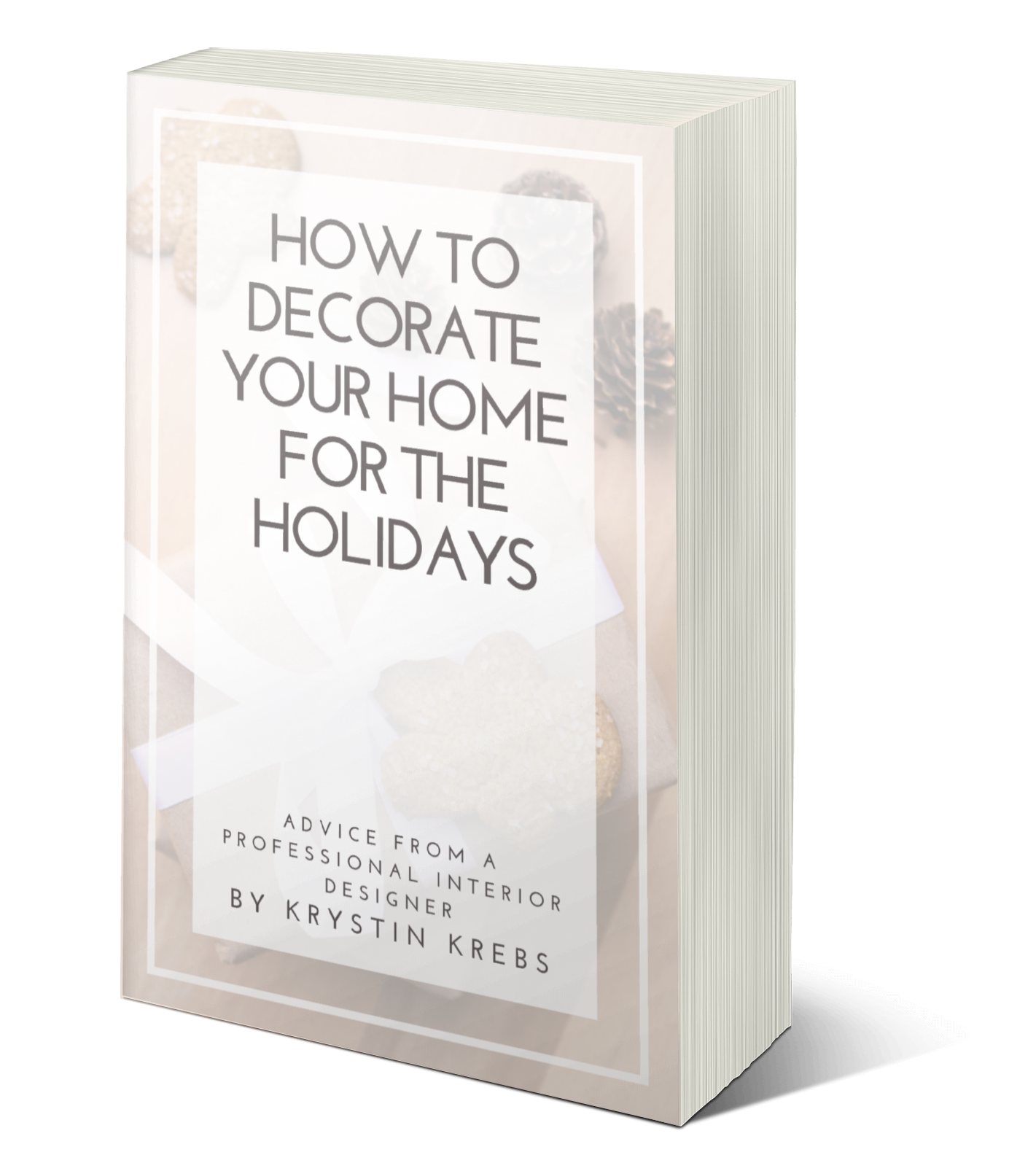Let your lifestyle determine what colors and fabrics you choose. For example, I have a large, hyper dog constantly climbing on the furniture. If I brought home a white suede couch, it would be torn apart and stained in minutes. If you have kids or pets, stick with dark colors and stain-resistant tough fabrics like linen or tweed.
Stick to neutral colors for your bigger and more expensive pieces. Save bold colors for décor pieces.
If you like firm sofas, look for one with traditional coiled springs. If you want a softer feel, go with zigzag coils. Before you buy, take off the cushions and press down on the base of the sofa. The coils should push down and spring back into place immediately.
Look for firm cushions with a removable cover matching on both sides. Firm cushions hold up better over time. Fully covered cushions cost a bit more than ones with the pattern on one side and a plain white or tan backing, but they’ll last longer and wear evenly if you can flip them over every few months. Find removable covers that are easily washable.
If you have pets or children, you know they can be messy, and you need a fabric that can hold up to some serious wear and tear. You will need a fabric that is easy to clean, and won't show stress or stains. Below is a list of fabrics that will do just that, and are perfect for sofa upholstery:
● Synthetic Fiber (ultrasuede, microfiber) is great for almost any family. It's synthetic so the sun won't damage it, but it is also durable and is easy to clean.
● Leather or faux leather (especially distressed) is great for hiding scratch marks and makes for an easy to clean surface, especially with any spills that might happen.
● Outdoor fabrics (ie. sunbrella) are designed to withstand a lot of abuse and are often already chemically treated with stain repellents so spilling won't be an issue. Since outdoor fabrics are often made of synthetic fibers it also will resist fading from the sun.
Designer Tip: Read the fabric labels! You’ll want a fabric with a W for cleaning, which means soap and water- one of the easiest ways of cleaning.
Designer Tip: It's also best to choose a small pattern to help hide any dog/cat hair and to hide any permanent stains.
Designer Tip: Pick a fabric color that is close to your pet’s hair color to help camouflage the upholstery.
Cleaning Tip: There are also many fabric protector options such as scotch guard which help repel stains.
How to determine what makes good furniture can be complicated, and lets be honest- it can be a costly mistake if you buy the wrong kind of wood or material. Here is a guide to help you with selecting the proper type of wood furniture for your home.
A little background: Wood furniture falls into three categories: solid wood, veneers, and particle board or composite wood.
Solid wood furniture is typically more expensive than other types and looks great, but can be susceptible to scratches and water rings. Veneers have an inexpensive wood base covered by several thin layers of better-quality wood. Because of the cheaper core, veneers aren’t as expensive as solid wood pieces. Particle board and composite wood pieces are made from a combination of wood pulp, plastics, and resin, basically the scraps of the furniture world. These are the cheapest type of wood furniture and can look decent, but won’t hold up for decades.
Open the drawers and cabinets. Make sure the drawer pulls all the way out, latches properly, and then shuts evenly. Make sure doors open, remain in an open position (instead of snapping closed while you’re trying to get something out of the cabinet), and shut again. Check the handles and knobs. They should fit tightly and not jiggle or turn.
Look for wood joined at ends and corners, not glued or nailed in. Known in the manufacturing world as wood joinery, these pieces are studier and can take more weight. Check out Basic Woodworking Joints from Wood Magazine to see examples.
The legs should be heavy, wood, and jointed to the frame of the sofa or chair, not nailed. Plastic, rubber, or metal legs don’t look as nice, can tear up your floors, and won’t hold up as well. Same goes for nailed-in wood legs. If you’re spending more than $1,000 on a sofa, look for one with a fifth leg in the middle. They provide extra support – you won’t find them on many cheaper sofas.
Quality furniture can often take more than 8 weeks because quality furniture takes time to make. And most furniture that takes 8 weeks or more is made to order, creating a much smaller carbon foot print on the planet. Where as cheaper furniture is ready made and can usually be delivered with a week, and is often shipped from warehouse that is storing these items, sometimes for long periods of time. Who knows what could have happened to that furniture between the time it was made and the time it is delivered.
Here are just a few helpful hints when selecting furniture:
Select three finishes that you enjoy. Do you like a high-gloss white lacquer? Or do you like dark walnut? If so, write a list of finishes you like. Now select three from this list and only purchase furniture in these finishes. Each room should have a mix of these finishes. If one room has more of one color, make the next room have more of one of the other two color options.
If you aren't sure what finishes you like, go to a furniture store nearby and ask the sales person to tell you about the options they have available. I would suggest going to a store that will have more than one finish option for each item they show. For example Bassett Furniture, Restoration Hardware, sometimes Pottery Barn/West Elm/Macy's can have finish options. This should help give you an education on the types of finishes available in the market. From here, you will probably have a strong gut reaction either for or against each finish. Write these down, or keep a mental note about the ones you liked.
For instance, were you drawn to oak finishes? Or did you not like the walnut options that you saw? Keep a list.
From this list, note a light, medium, and dark option that you liked best. Use these as your three finishes to look for when shopping.
Avoid these common furniture mistakes:
- too short or too tall nightstands
- too short lamps
- too many accessories
- under utilization of storage options
- too trendy
the list goes on, but these are some of the most common mistakes I see clients making. If you would like to better understand how to avoid these mistakes, check out my e-book "Everything You Need to Know About Interior Design" on Amazon and you will get every little "secret" I have on making your home mistake-free! Click HERE for my e-book.
As part of my “Healthy Home” series, I wanted to address the furniture that you put in your home. Whether you are looking to remodel, new build, down size, up size, or just re-vamp your existing home, furniture can play a large part in the design and health of your home.
Often times furniture can contain formaldehydes or brominated fire retardants. Which, while the intention of using these chemicals is designed to preserve the furniture, they can also produce a toxic off-gas which can be hazardous to your health. In addition to this, wood finishes are often covered in veneers or other finishes that have toxic off-gasing. While someone with good health might not see any affect, someone who is unhealthy or more prone to becoming sick (due to illness, allergies, or older age, etc.) might see some affects on their everyday lives. For example; a lower immune system, coughing, sneezing, allergies, etc. This issue is exhausted even more when we add double pane windows (designed to combat noise) to our homes, which essentially seals in these toxic chemicals into our rooms where we sleep at night.
There isn’t a solution to every problem, but one small step towards a solution is to select materials for your furniture that are natural, which are far less likely to cause any irritations.




































